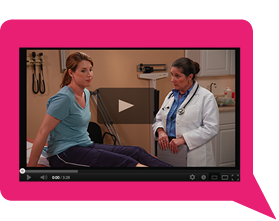The epidemic of prescription opioid abuse in this country is linked partly to the dramatic rise in prescriptions for these medicines over the last two decades, as well as the fact that many clinicians are inadequately trained to safely treat pain in their patients. Most medical schools only offer a few hours of instruction in safe prescribing of opioids for pain management. A recent review showed that only 3% of U.S. medical schools offer integrated pain management courses.

To help with this situation and to be sure clinicians are given guidance on communicating with patients about drug abuse, NIDA and the White House Office of the National Drug Control Policy (ONDCP) teamed last year with Medscape to create two interactive online continuing medical education (CME) modules—one on safe prescribing for pain, and another on managing pain patients who abuse prescription drugs. The modules launched a year ago on the Medscape Web site, and I am proud to say that they have been an overwhelming success.
Nearly 60,000 clinicians have so far completed one of these CMEs. Of those, more than15,000 are physicians and more than 30,000 are nurses. Over 100,000 additional “Learners” have visited and reviewed parts of the CMEs, but not for credit. Because of their popularity, NIDA is extending the availability of these CMEs for another year, through September 2014.
The training materials, which include video vignettes showing doctor–patient conversations on safe and effective use of opioid pain medications, are part of NIDA’s NIDAMED initiative to help clinicians understand and address the complex problem of prescription drug abuse. ONDCP funded the creation of the CMEs as part of the Administration’s efforts to achieve a 15-percent reduction in the abuse of prescription drugs by 2015. Enlisting physicians and other clinicians as the first line of defense against the prescription drug abuse problem will make a big difference.
